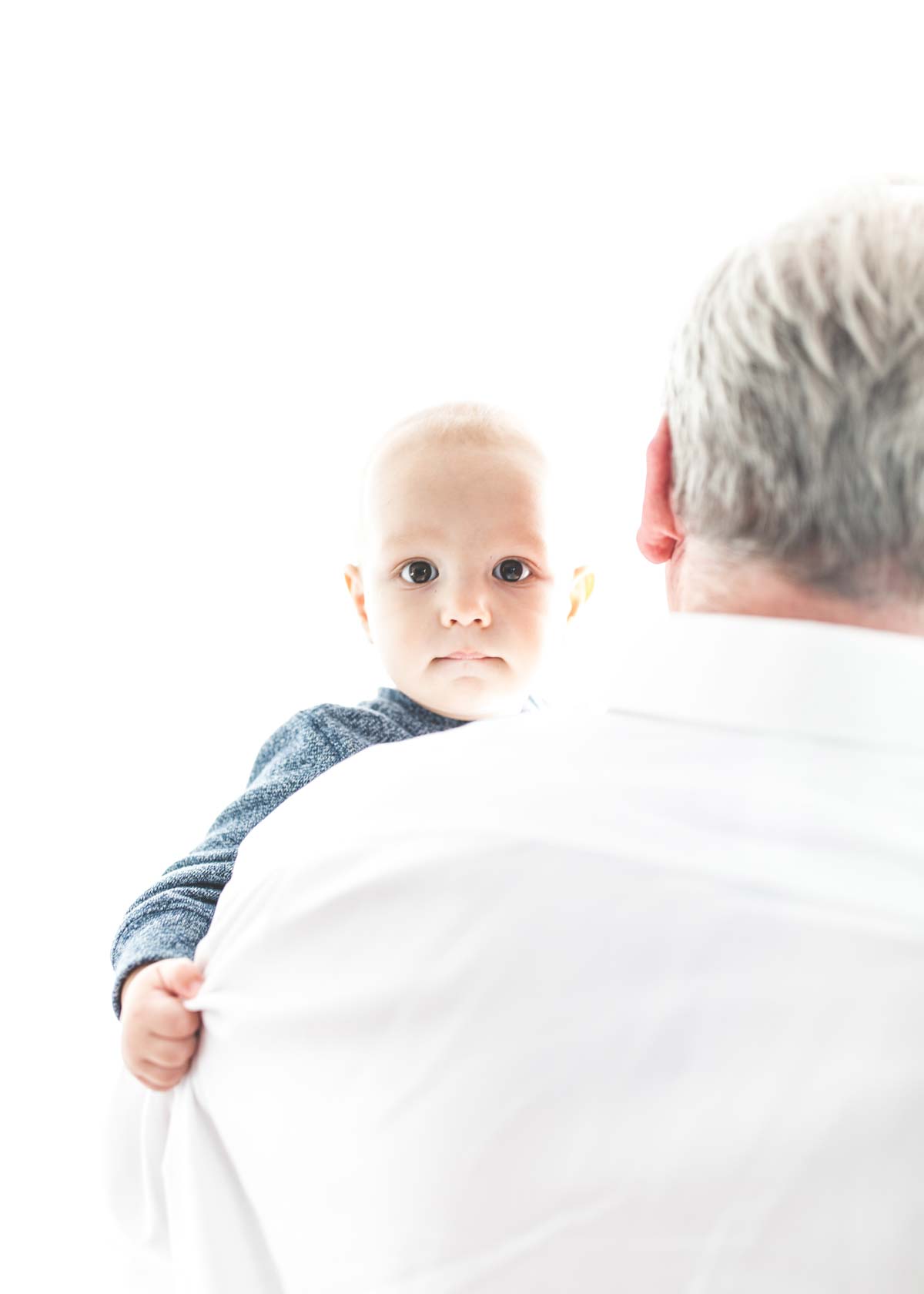
By Dr Kate Gifford

About Myopia
Myopia occurs when the normal eye growth pattern in childhood is disrupted, and the eye grows too quickly, causing blurred distance (far) vision. Cases of Myopia (shortsightedness) and the incidence of sight-threatening complications of the disease are growing in Australia, and across the world. It is expected that half of the world’s population (approximately five billion people) will be myopic by 2050, with one billion at high risk of sight threatening complications due to high levels of Myopia.
Causes of Myopia
Ethnicity and family history are both influential factors in Myopia development and progression, and these are obviously unavoidable. Population density, high levels of screen time and not enough outdoor time are all concerning risk factors for Myopia.
Why we don’t talk about Myopia
Traditionally, Myopia has been viewed as an inconvenience just requiring glasses, rather than as a disease with lifelong eye health risks, and the challenge is in telling the long-term story in a short-term fixated world. While not all myopes will suffer a sight threatening condition due to Myopia, the risks are too great to leave Myopia unchecked in our children. Further, parents and teachers have historically had little awareness of the lifelong consequences of the disease if left untreated.
On average, approximately 30 per cent of the world’s population is myopic and Australia sits on this average. In Asian countries, there is a much higher rate of Myopia – in 18-year-olds, more than 80 per cent are myopic in Taiwan and a mammoth 96.5 per cent are in South Korea.
Overall, approximately 15 per cent of 12-year-old Australian children are myopic, increasing to 30 per cent by age 17, but this proportion is closer to 60 per cent of children with East Asian ethnic heritage. The younger a child becomes myopic, the faster they will progress – Myopia tends to stabilise in the late teens or early adulthood.
Treating Myopia
There are two big impacts of younger children presenting with Myopia:
- The sooner the normal growth pattern of the eye is interrupted and accelerated growth begins, the higher the level of Myopia that is likely to result; and
- Young children have less visual demands and so it takes longer to recognize symptoms – leading to more serious implications in the long term
If Myopia is left untreated, the implication can be vision impairment and even blindness. And someone with a low level of Myopia can still have up to 10 times the risk of retinal detachment, where the light sensitive layer at the back of the eye tears away, compared with someone with normal vision.
Spectacles, contact lenses and prescription eye drops are all options for correcting myopia, but there is currently no treatment than can promise a 100% stop to the progression, or worsening, of Myopia. Our current options, such as special multifocal soft contact lenses for Myopia, orthokeratology (overnight wear rigid lenses) and atropine, show on average approximately a 50-60 per cent slowing down of Myopia progression compared to children wearing standard single focus glasses or contact lenses.
We are now using optical devices – contact lenses – not just to correct vision, but also as a preventative health measure.
